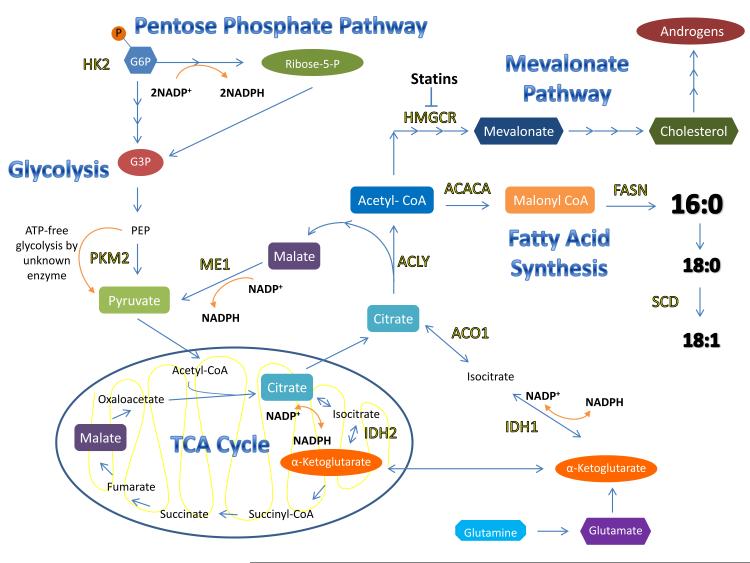Figure 1. Cancer Cell Metabolism Promotes Fatty Acid Synthesis.
Glucose entering the cell is immediately phosphorylated by Hexokinase 2 (HK2), producing glucose-6-phosphate (G6P). G6P can enter both glycolysis and the pentose phosphate pathway (PPP). Expression of pyruvate kinase M2 (PKM2) promotes the ATP-free conversion of phosphoenolpyruvate (PEP) to pyruvate by a currently unknown enzyme, which may prevent ATP-mediated inhibition of glycolysis. Citrate is exported from the mitochondrial TCA cycle to fuel the fatty acid synthesis pathway by conversion to acetyl-CoA by ATP citrate lyase (ACLY). Acetyl-CoA carboxylase 1 (ACACA) initiates the first committed step to fatty acid synthesis to produce malonyl-CoA. Seven malonyl-CoA molecules are added to acetyl-CoA by fatty acid synthase (FASN) to produce palmitic acid (16:0). Palmitic acid can be further elongated to stearic acid (18:0) and desaturated by stearoyl-CoA desaturase (SCD) to produce oleic acid (18:1). Citrate may also be recycled to produce NADPH for fatty acid synthesis by malic enzyme (ME1), which produces pyruvate, or by cytosolic aconitase (ACO1) followed by cytosolic isocitrate dehydrogenase (IDH1) to produce α-ketoglutarate. Glutamine can be converted to α-ketoglutarate upon entering the cell, to replenish TCA cycle intermediates or fuel fatty acid synthesis. The reduced form of nicotinamide adenine dinucleotide phosphate (NADPH), a critical reductant for fatty acid synthase (FASN), is produced from the activity of the PPP, ME1, and IDH.

